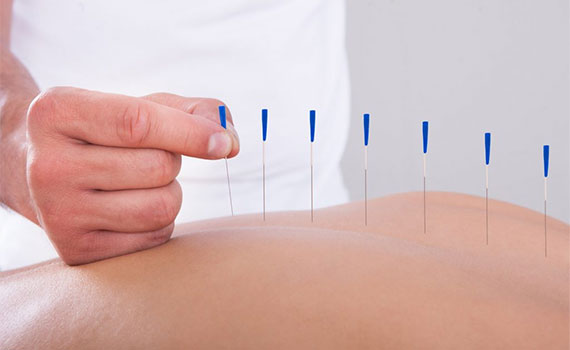Debunking Myths and Misconceptions: Separating Fact from Fiction About Acupuncture
Debunking Myths and Misconceptions: Separating Fact from Fiction About Acupuncture
 For thousands of years, acupuncture has been the mainstay of traditional Chinese medicine. However, despite its extensive history and widespread use, acupuncture is frequently shrouded in myths and misconceptions in the modern world. This blog seeks to dispel some widespread misconceptions regarding acupuncture to distinguish fact from fiction.
For thousands of years, acupuncture has been the mainstay of traditional Chinese medicine. However, despite its extensive history and widespread use, acupuncture is frequently shrouded in myths and misconceptions in the modern world. This blog seeks to dispel some widespread misconceptions regarding acupuncture to distinguish fact from fiction.
Myth 1: Acupuncture is painful
Fact: While the idea of needles may evoke fear in some, acupuncture is generally not painful. The thin acupuncture needles are gently inserted into the skin, about the width of a human hair. Many people report feeling only a slight sensation, if any, during acupuncture treatment. Any discomfort experienced is typically minimal and temporary.
Myth 2: Acupuncture is only for treating pain
Fact: While acupuncture commonly alleviates pain, its benefits extend beyond pain relief. Numerous ailments, such as stress, anxiety, sleeplessness, allergies, digestive problems, and even infertility, can be successfully treated with acupuncture. Acupuncture stimulates particular points on the body to support the body’s innate healing abilities and bring the system back into balance.
Myth 3: Acupuncture doesn’t have scientific evidence to support its efficacy
Fact: Numerous studies have shown that acupuncture effectively treats various health conditions. Research has demonstrated acupuncture’s ability to reduce pain, inflammation, and stress levels and improve circulation and immune function. Additionally, acupuncture is recognized by leading health organizations, such as the World Health Organization (WHO) and the National Institutes of Health (NIH), as a viable treatment option for specific ailments.
Myth 4: Acupuncture is based on pseudoscience
Fact: While the mechanisms behind acupuncture are still being studied, there is growing scientific evidence to support its effectiveness. Acupuncture is thought to work by stimulating the body’s nervous system and releasing neurotransmitters and hormones that promote healing. Modern research techniques, such as functional MRI and PET scans, have provided insights into the physiological effects of acupuncture on the brain and body.
Myth 5: Acupuncture is only a placebo effect
Fact: While the placebo effect may play a role in some cases, numerous studies have shown that acupuncture produces fundamental physiological changes in the body. Acupuncture has been found to activate specific brain regions associated with pain modulation and emotional regulation. Furthermore, acupuncture treatments often have cumulative effects, with improvements in symptoms lasting long after the needles are removed.
The overwhelming body of research confirms that acupuncture is a safe and effective treatment for a wide range of medical conditions despite the many myths and misunderstandings surrounding it. We want to encourage more people to investigate the advantages of acupuncture as a complementary therapy to enhance their general well-being by dispelling these myths and separating fact from fiction. If you have any questions or concerns about acupuncture, please get in touch with us at Grandview Physiotherapy.
